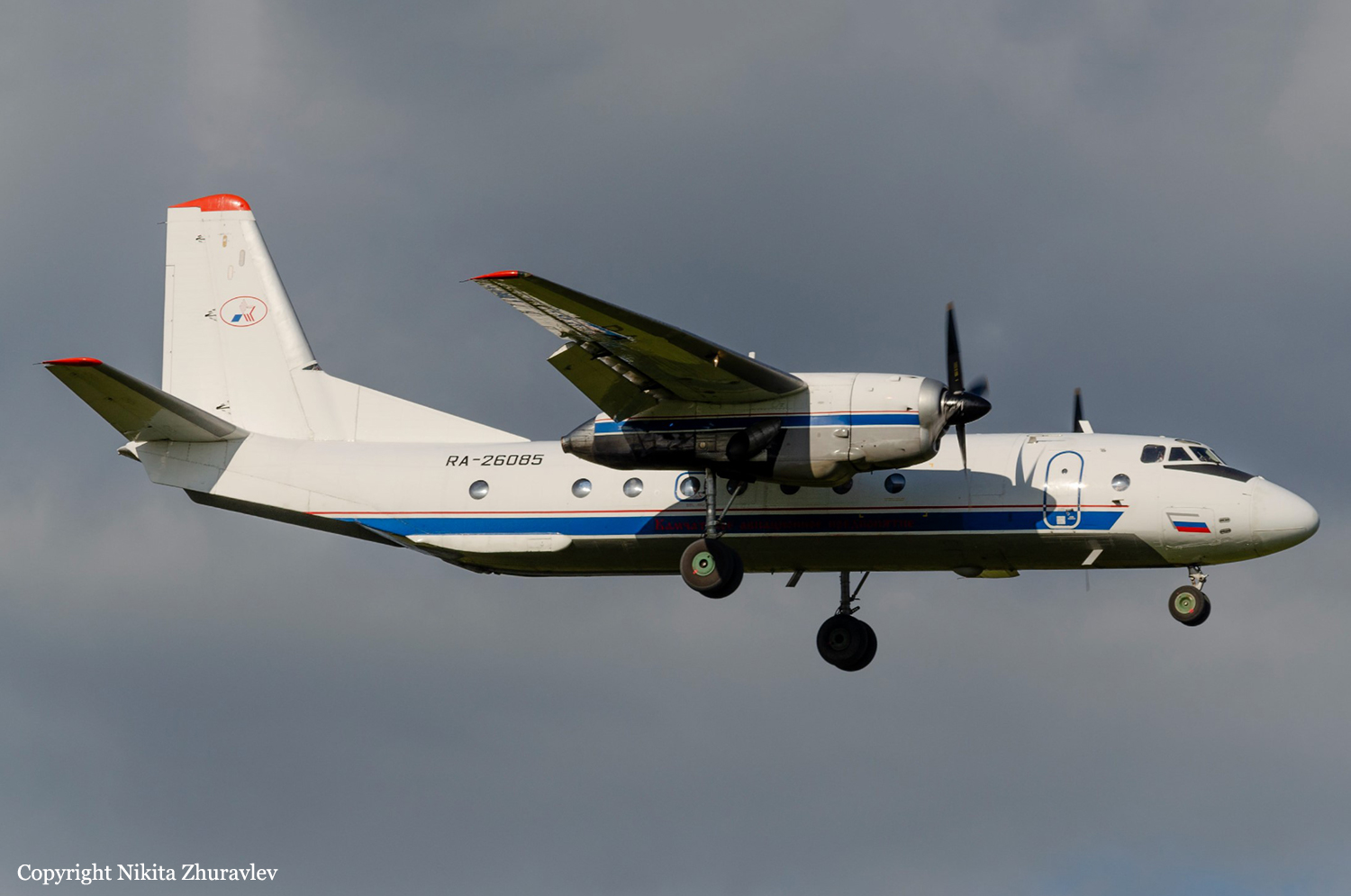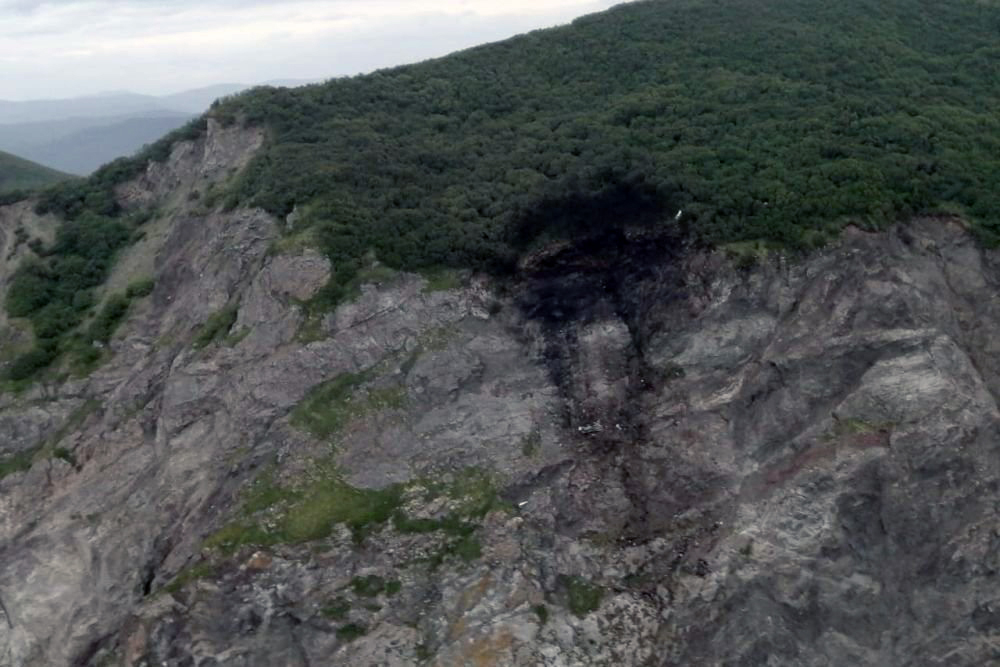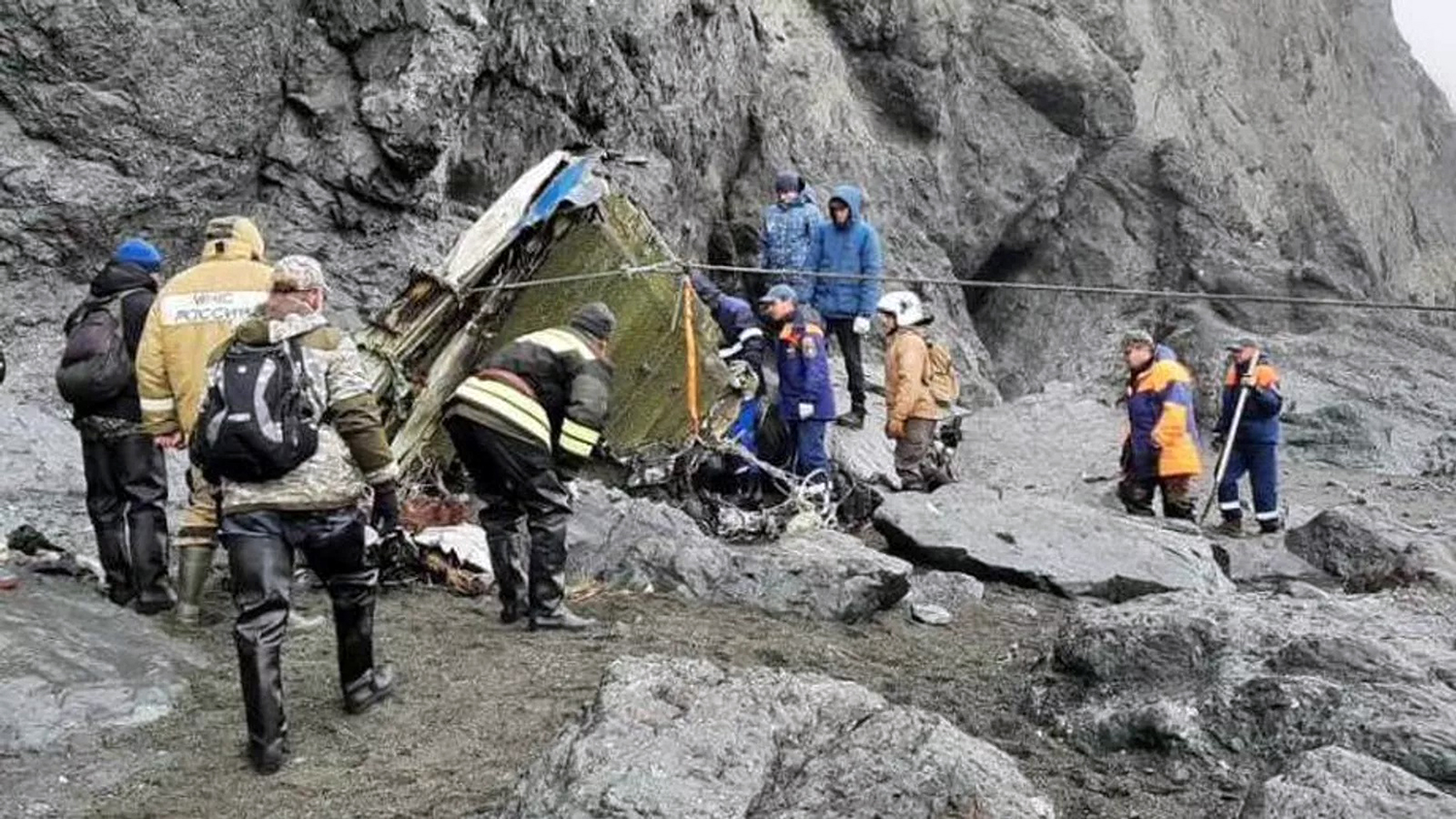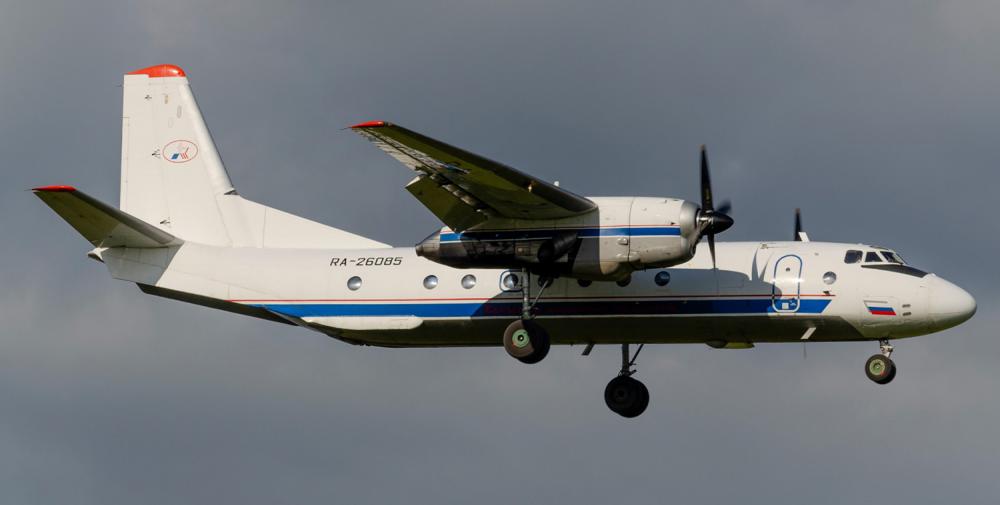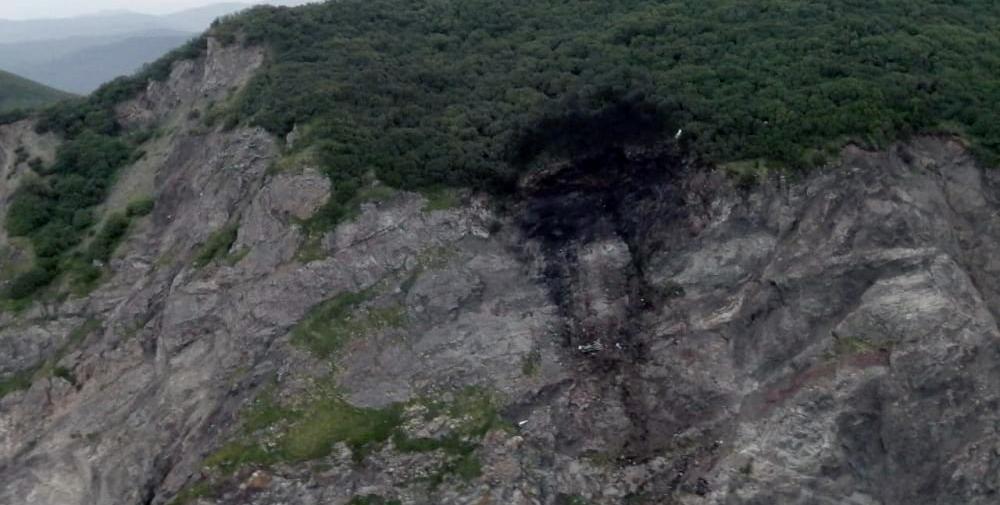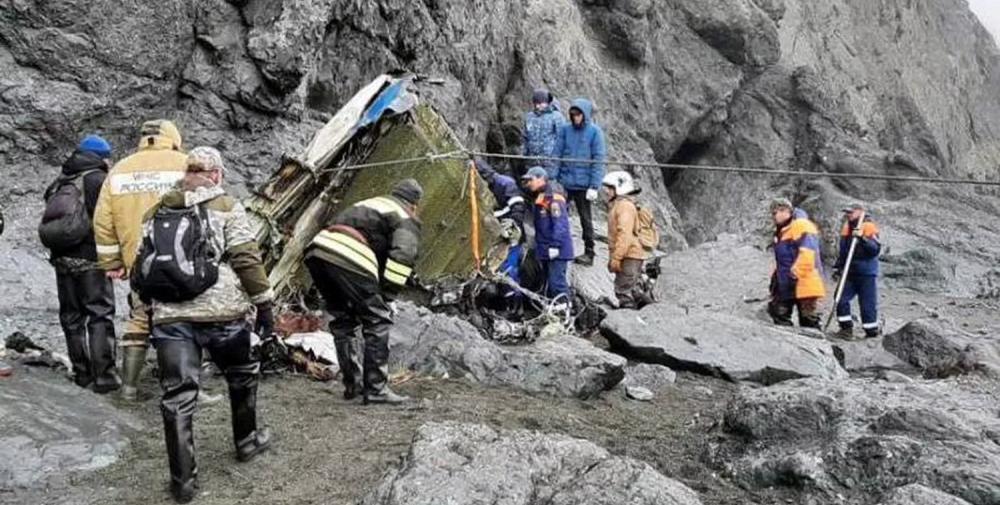Date & Time:
Jul 6, 2021 at 1450 LT
Type of aircraft:
Antonov AN-26
Registration:
RA-26085
Flight Phase:
Landing (descent or approach)
Flight Type:
Scheduled Revenue Flight
Survivors:
No
Schedule:
Petropavlovsk-Kamchatsky – Palana
MSN:
123 10
YOM:
1982
Flight number:
PTK251
Country:
Russia
Region:
Asia
Crew on board:
6
Crew fatalities:
6
Pax on board:
22
Pax fatalities:
22
Other fatalities:
0
Total fatalities:
28
Captain / Total hours on type:
2885
Copilot / Total hours on type:
1091
Aircraft flight hours:
21492
Aircraft flight cycles:
10498
Circumstances:
The aircraft departed Petropavlovsk-Kamchatsky Airport at 1257LT on a schedule service (flight PTK251) to Palana, carrying 22 passengers and a crew of six, among them Olga Mokhiriova, chief of the municipality of Palana. At 1439LT, the crew contacted Palana ATC and was cleared to start the descent. While completing an NDB approach to runway 29, the crew encountered marginal weather conditions with fog and ceiling at 300 metres. Too low, the aircraft impacted terrain about 4 km northwest of the airport. The wreckage was found in the evening on the top of a rocky wall. The aircraft disintegrated on impact and debris fall down on the sea bank. All 28 occupants were killed.
Probable cause:
The cause of the An-26B-100 RA-26085 aircraft crash was the crew's violation of the established instrument approach procedure to Palana aerodrome, which was manifested in flying with significant deviation from the set route and descent well below the established minimum descent height (MDH) under weather conditions that excluded stable visual contact with ground landmarks, leading to the collision of the aircraft with a coastal cliff in controlled flight, its destruction, and the death of the crew and passengers.
The following contributing factors were identified:
- The crew's failure to execute a missed approach with the acquisition of the established minimum safety altitude (MSA) when information about the bearing indicated a significant deviation of the aircraft from the established approach procedure;
- The absence in the Palana aerodrome dispatcher's work technology of actions in the presence of information about the bearing indicating a significant deviation of the aircraft from the established approach scheme, as well as the dispatcher's passivity when such information was available;
- The lack of warning signals from the early ground proximity warning system under conditions that should have triggered it. It is not possible to determine the reason for the absence of the warning signals;
- The overestimation of the barometric altimeter readings in the final phase of the flight due to the specific airflow around the steep coastline creating a low-pressure zone and the overestimation of the variometer readings, the cause of which cannot be determined.
The following contributing factors were identified:
- The crew's failure to execute a missed approach with the acquisition of the established minimum safety altitude (MSA) when information about the bearing indicated a significant deviation of the aircraft from the established approach procedure;
- The absence in the Palana aerodrome dispatcher's work technology of actions in the presence of information about the bearing indicating a significant deviation of the aircraft from the established approach scheme, as well as the dispatcher's passivity when such information was available;
- The lack of warning signals from the early ground proximity warning system under conditions that should have triggered it. It is not possible to determine the reason for the absence of the warning signals;
- The overestimation of the barometric altimeter readings in the final phase of the flight due to the specific airflow around the steep coastline creating a low-pressure zone and the overestimation of the variometer readings, the cause of which cannot be determined.
Final Report:
RA-26085.pdf4.88 MB
